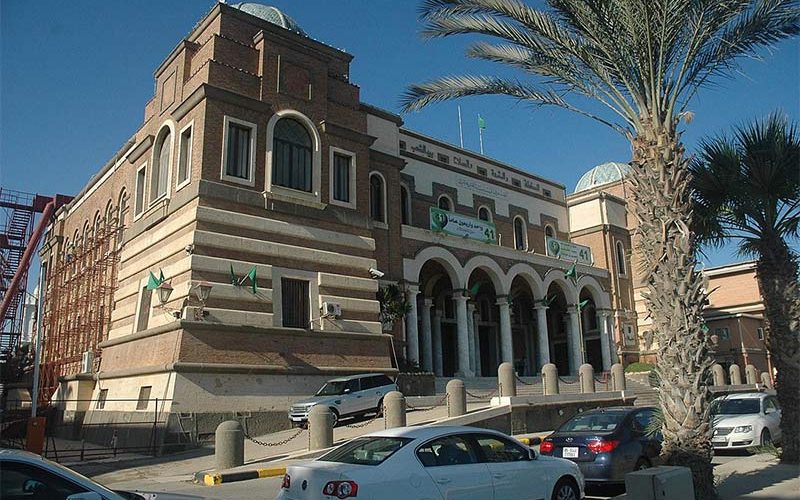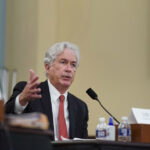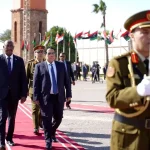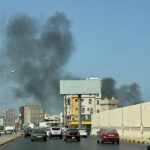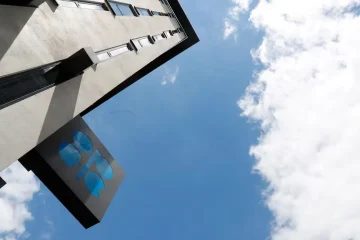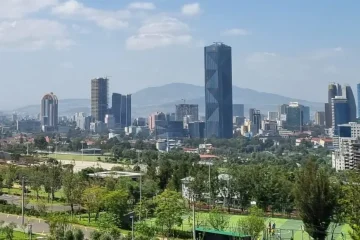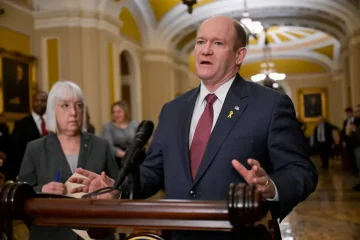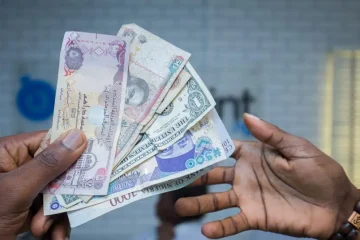LIBYA’S currency adjustment last month has helped ease a liquidity crisis across the country but the continued scarcity of cash dollars means the black market still thrives.
Libya has been split since 2014 between warring western and eastern administrations with rival factions seizing control of key economic institutions.
As the eastern banking system was cut off from the Central Bank of Libya (CBL) in Tripoli, different black market exchange rates emerged across front lines, both very different to the official rate, and making dollars unaffordable to most Libyans.
As part of an economic track of a U.N.-led peace process that also includes efforts to choose a new interim government this week, negotiators agreed a new unified exchange rate, bringing the official rate down towards black market rates.
It has allowed Libyans to access dollars through commercial banks by charging debit cards at the new official rate, and many have put dinars into the banking system.
“Deposits have reached about 500 million-600 million dinars within weeks,” said Fawzy Abdul Salam al-Shuweish, assistant general manager at Jumhouria Bank.
“Liquidity is very satisfactory and now there is a cash flow in the market,” he added. Branches that were previously given 500,000 dinars to distribute were now receiving 5 million.
UNEVEN IMPROVEMENT
Though the situation is better across Libya, the scale of the improvement has not been even. Some banks and some areas have more access to cash than others. However, the long lines of people waiting outside for money have shrunk.
“Wahda Bank has raised the withdrawal limit,” said Salem al-Houni, the bank’s marketing manager in Benghazi.
“We can see in commercial banks that the withdrawal limit has gone from 200 dinars to 4,000 to 5,000 dinars and if you show a medical report or something it can reach 100,000 dinars,” said Abdel-Wahab Najm, a bank employee in Benghazi.
However, cash dollars are still not readily available from banks in Libya.
People charging dollar debit cards through bank transactions in Libya can only access that money as cash by going through black market dealers.
They take the customer’s card details, withdraw the money from ATMs abroad, and then hand the customer dollars in Tripoli or Benghazi minus a commission that can reach 15%.
One banker, who asked not to be named, said: “There is still no clear mechanism for why the Central Bank is unable to provide dollars in cash inside Libya so that citizens are not forced to use the parallel market.”

